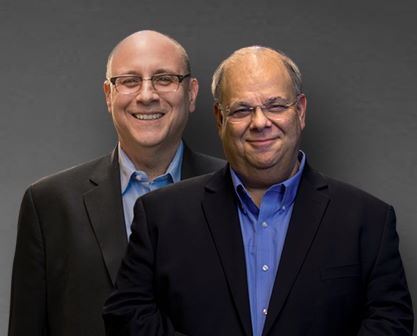Consolidated Edison Hudson Avenue Powerhouse
You may be entitled to receive compensation. Mesothelioma and lung cancer victims & their families have been awarded over $1 million+ from easy access to funds. Call us today to apply.
Over the past 20 years, we've helped 1,000s of families claim the compensation they deserve with no upfront costs to them.
Hudson Avenue Station is a now-shuttered Consolidated Edison power plant in Brooklyn, New York.
Thomas E. Murray, a businessman and inventor, was responsible for the design and construction of Hudson Avenue Powerhouse and eight other power-generating plants in New York City. In the late 1800s and early 1900s, electricity generation in New York was fractured and inefficient, with 775 privately owned power plants in operation, some of which served just a single customer. But as electric power engineering rapidly advanced and electrical infrastructure expanded across the city, power company mergers and acquisitions became common, and large electrical utilities emerged.
One of them was Consolidated Gas, later to become Consolidated Edison Company of New York. Consolidated Gas acquired competitor United Electric Light and Power Company in 1900. Thomas Murray built three, then state-of-the-art power plants for United, including the Hudson Avenue plant, the largest of all Murray plants. Completed in stages between 1924 and 1932, Hudson Avenue was rated at 770-megawatts, at the time the world’s most powerful steam electric station.
Hudson Avenue supplied power to Brooklyn and Queens as well as steam to Manhattan for heat, hot water, and cooling through its steam system — the largest commercial steam system in the United States. Indeed, Hudson Avenue Station became a pioneer of what’s known as cogeneration, or the production of steam for heating and cooling with electricity as a by-product. In time, the Hudson Avenue plant ceased electric generation and produced steam only.
By 2011, just four of the plant’s original 32 boilers were still operational, with the rest having been retired in previous years. In February 2011, the remaining four boilers, which burned dirty and expensive No. 6 fuel oil, were retired in an effort by Con Ed to reduce its steam system emissions and lower costs to steam customers.
Have you been diagnosed with an asbestos disease after working in a power plant?
Sources:
- IEEE: Architect of Power
- Con Edison: Con Edison Lowers Emissions from Steam Generation
- New York State Department of Environmental Conservation: Environmental Conservation Law Permit
